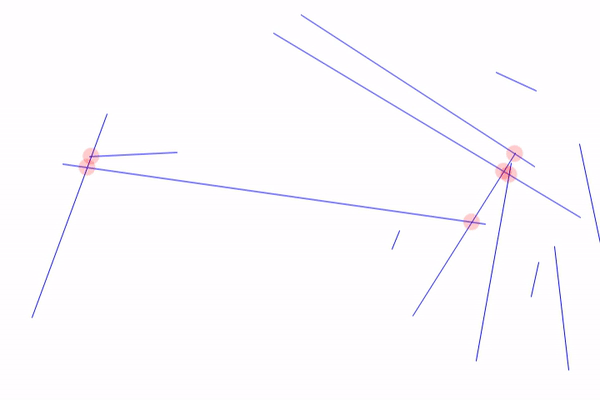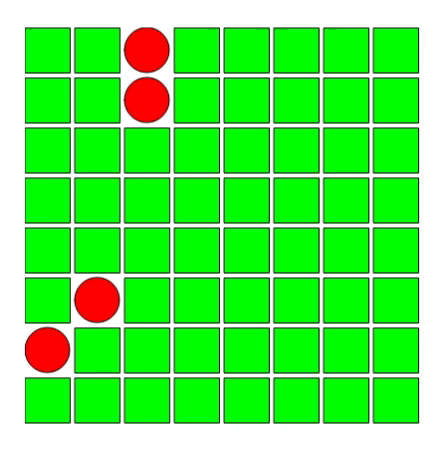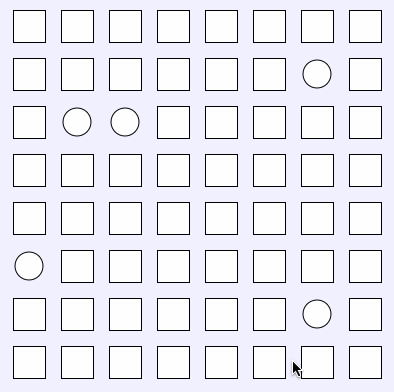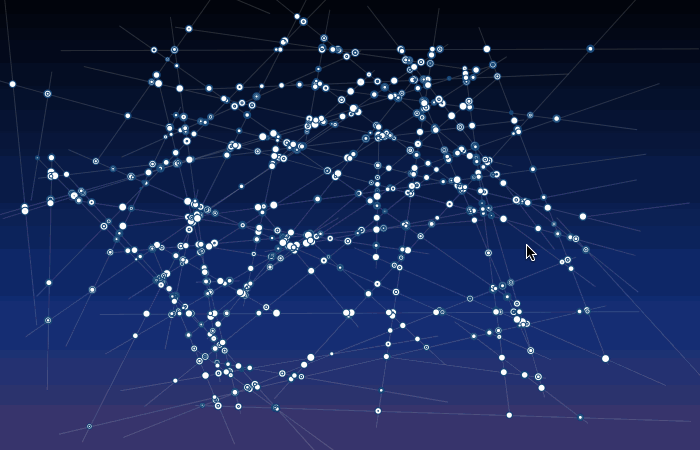Observations
- The artwork is square
- The artwork consists of many short black lines on a white backgrounds
- All of the lines have the same length
- The lines do not go off of the page
- There is a white border around the artwork
- There are random, small sections which do not have any lines
- The lines have an average direction, whether that be vertical or horizontal
- Very few lines do not touch another line
- There are sections of repeating patterns of lines
- The lines have roughly the same amount of space between them
- The lines which touch do so barely - they either just hit the edge of another line or cross over only slightly
- The lines appear to be in columns
- Lines intersect at most 3 other lines, most likely 2, and sometimes no other lines.
I started by placing the lines into a grid, but faced the problem of many overlapping "X's", so I wrote a function that found and removed them. This created the problem of too much space between lines, and it took bringing the image into Photoshop and plotting points to realize it was the midpoints that were on the grid, and not either endpoint.
This realization made the lines "fit together" properly, which is what I was finding most difficult to replicate. The noise function was used to generate values based on each line's coordinates, deleting those which were over a certain threshold to make gaps.
I now appreciate that generative art is not nearly as random as it initially appears, and that there are several layers of rules and calculations behind it. After many versions, I believe my replication is close, though hers may have nicer, more balanced empty sections.





